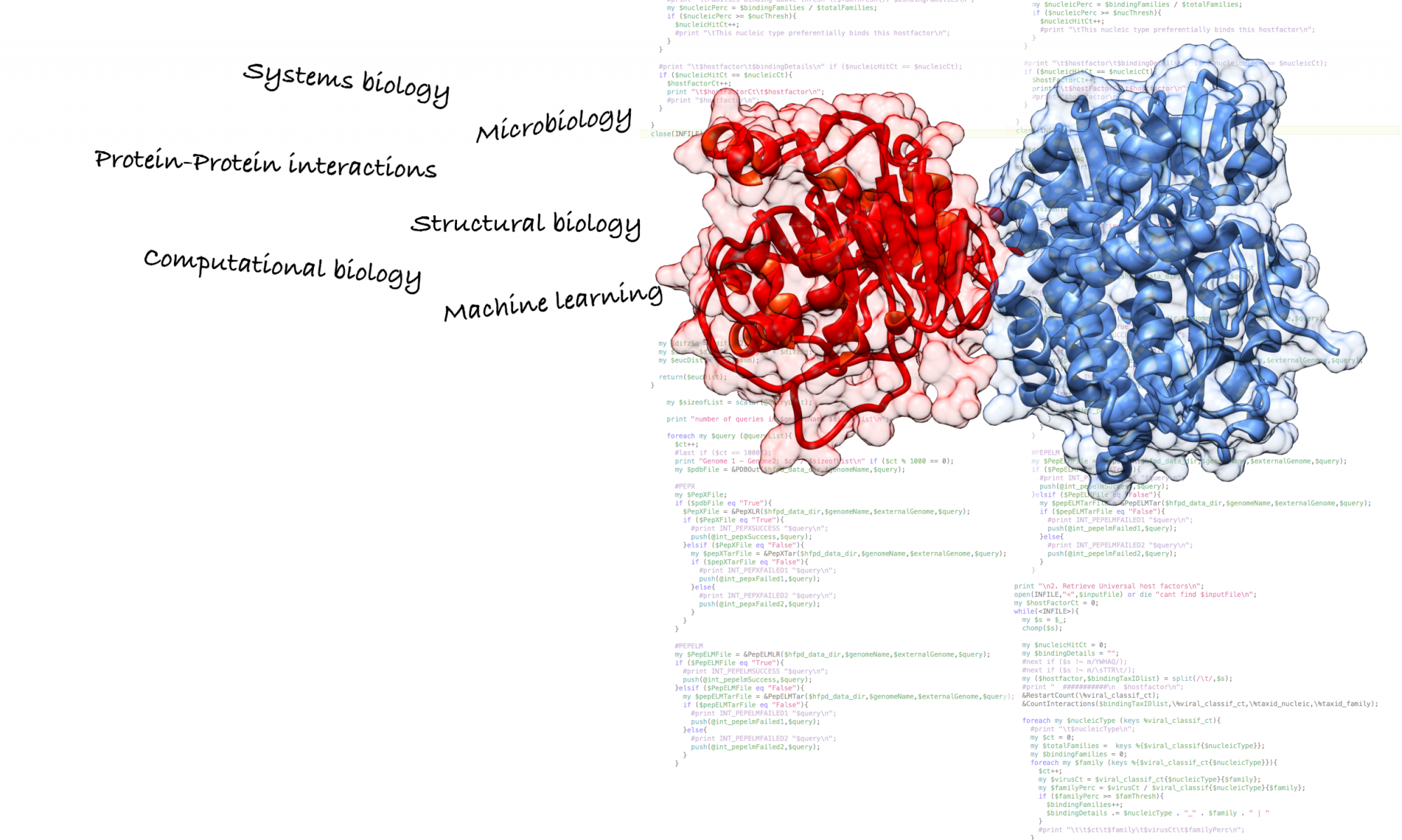Gene duplication is a general and widely accepted mechanism for the acquisition of new gene functions. Some genes, however, are under selective pressure to remain single-copy genes, and their evolution cannot be explained by the gene duplication paradigm. Sayou et al. tackle this question using the LEAFY (LFY) gene of plants as the evolutionary model {1}, carrying out a wide range of experimental and computational analyses. The authors propose a molecular evolutionary mechanism where an ortholog – intermediate in the evolutionary history of plants – innovates new DNA binding specificities while preserving the original specificity and, later in evolution, diverges to retain the binding specificity for only one particular DNA binding motif.
The LFY gene encodes a transcription factor (TF) that is essential for reproduction and cell division and mostly exists as a single-copy gene in land plants. Previous experiments suggested that DNA binding specificity might have changed during land plant evolution {1}. Sayou et al. expand the evolutionary history of this gene {1} by orthology detection in algal species. Phylogenetic analysis is combined with SELEX experiments and reveals three different DNA binding motifs that correspond to the described evolutionary transitions. Representative LFY orthologs are found to preferentially bind one particular DNA binding motif, thus demonstrating that LFY specificity has changed during plant evolution. X-ray crystallography, protein modeling, mutagenesis and DNA binding assays reveal that LFY specificity can be defined using only three residues. Two of these residues are found to determine the half-sequence identity, while the remaining residue influences the dimerization mode and the requirement for a spacer between half-sites.
The discovery of an evolutionary intermediate ortholog, capable of binding all three types of DNA binding motifs, suggests a molecular evolutionary mechanism that explains how LFY has evolved to capture different specificities without the need of gene duplication. This very much goes along the lines of the innovation-amplification-divergence (IAD) model in the sense that innovation of new gene functions precedes gene duplication events {2}.
References
1. The floral regulator LEAFY evolves by substitutions in the DNA binding domain. Maizel A, Busch MA, Tanahashi T, Perkovic J, Kato M, Hasebe M, Weigel D. Science 2005 Apr 8; 308(5719):260-3
2. Evolution of new gene functions: simulation and analysis of the amplification model. Pettersson ME, Sun S, Andersson DI, Berg OG. Genetica 2009 Apr; 135(3):309-24
